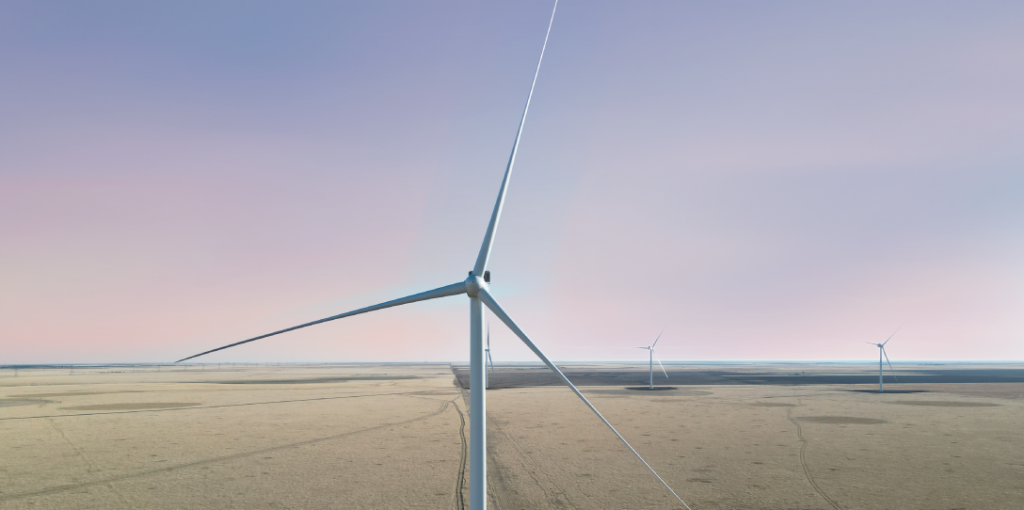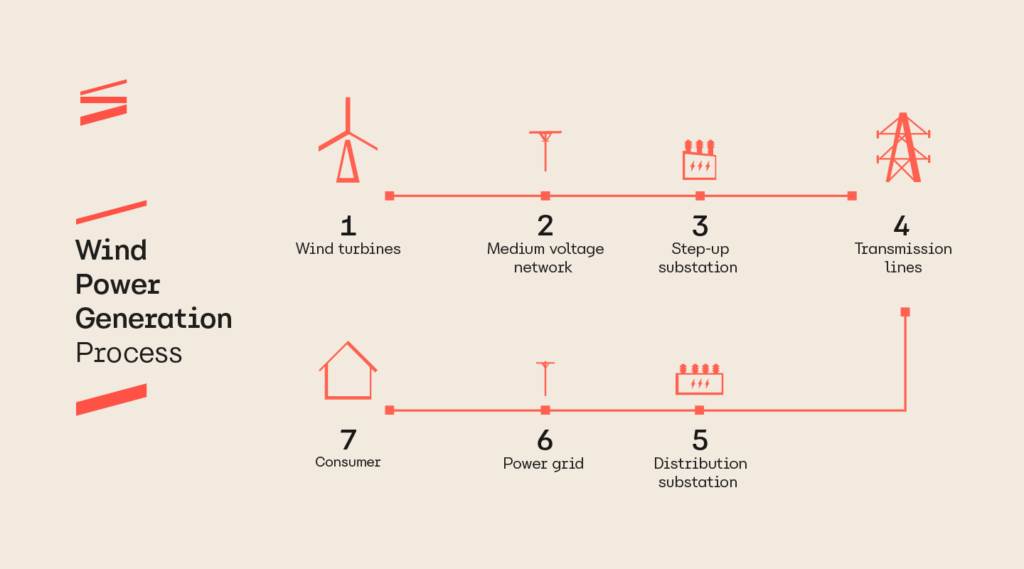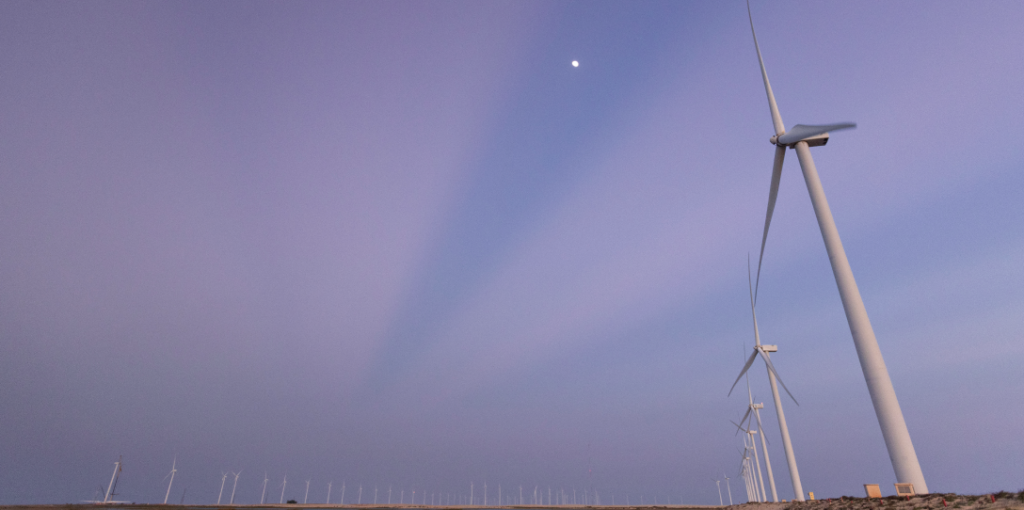Mais buscados:
Energy
Residential
Business
Renew Energy

Renewable energy such as wind and solar already represent ¼ of the energy matrix in Texas (USA), according to the Electric Reliability Council of Texas (ERCOT). This means that the region’s electrical power system still has a lot of space to fill with clean energy sources that can provide savings and energy security.
With more than 29 million people, Texas is the second most populous state in the country. In addition to the region’s high energy demand, Texas also faces climate challenges such as extreme heat waves and severe winters due to weather events like winter storms Elliott and Uri.
The International Energy Agency (IEA) cites wind power as an energy source that has made great strides in the last five years, with more powerful equipment and new technologies capable of making better use of the winds around the world.
According to the Global Wind Energy Council (GWEC), the United States is considered one of the countries that generates the most wind energy in the world, alongside with Brazil and China. This energy production has an impact on the achievement of the Sustainable Development Goals (SDGs) established by the United Nations.
To obtain this energy source, you need wind turbines, which are devices that rotate with the force of the wind and convert kinetic energy (air mass in motion) into electricity. This energy is then transmitted to distributors and then reaches end consumers, such as homes, industries, businesses, etc.

To obtain this source of energy, wind turbines are necessary, which are devices that rotate with the force of the wind and, through this movement, convert kinetic energy (moving air mass) into electrical energy. This energy is transmitted to distributors and then reaches consumers like homes, industries, businesses, etc.
Onshore energy is produced on land. In most cases, onshore wind farms are built in regions far from the coast, such as the Delta Maranhão Wind Complex located between the municipalities of Paulino Neve and Barreirinhas, in the interior of the state.

Wind energy is one of the world’s leading energy source.
Learn about the main benefits of wind energy:
Building a sustainable future based on equality and diversity is a worldwide challenge, which is why the United Nations (UN) created the Sustainable Development Goals (SDGs).
Among the 169 global goals, one of them is the generation of clean and sustainable energy in an affordable way. This is just one of the reasons why many countries and companies are investing in renewable energy, such as wind power.
According to the Global Wind Energy Council (GWEC), the leading countries in terms of installed capacity for onshore energy generation are China (310 GW), the United States (134.3 GW) and Germany (56.8 GW).
Your company can also gain access to renewable energy sources, contribute to a country with an increasingly clean, competitive energy matrix and reduce its costs. Find out how to join the Free Energy Market.
For over 15 years, Serena has been fueled by the generosity of nature, making clean solar and wind energy accessible to all – from global corporations seeking sustainable profitability to families seeking guilt-free energy consumption, With the capacity to power 4.8 million homes, the company is a pioneer in developing clean technologies that bring sustainable energy to every consumer. Learn more at here.
In addition to distributed generation (DG), the company has Wind Complexes located from north to south of Brazil and a Wind Complex in Texas, the Goodnight 1.
The United States complex is strategically located in one of the best climatic regions in the Americas, bringing lower risks and the highest possible returns. Using state-of-the-art technology, Serena has an extensive track-record of managing and developing assets with the best growth opportunities by developing clean and affordable technologies for large companies seeking sustainable growth.
Read More:

Receive the latest news from Serena and the energy market!
